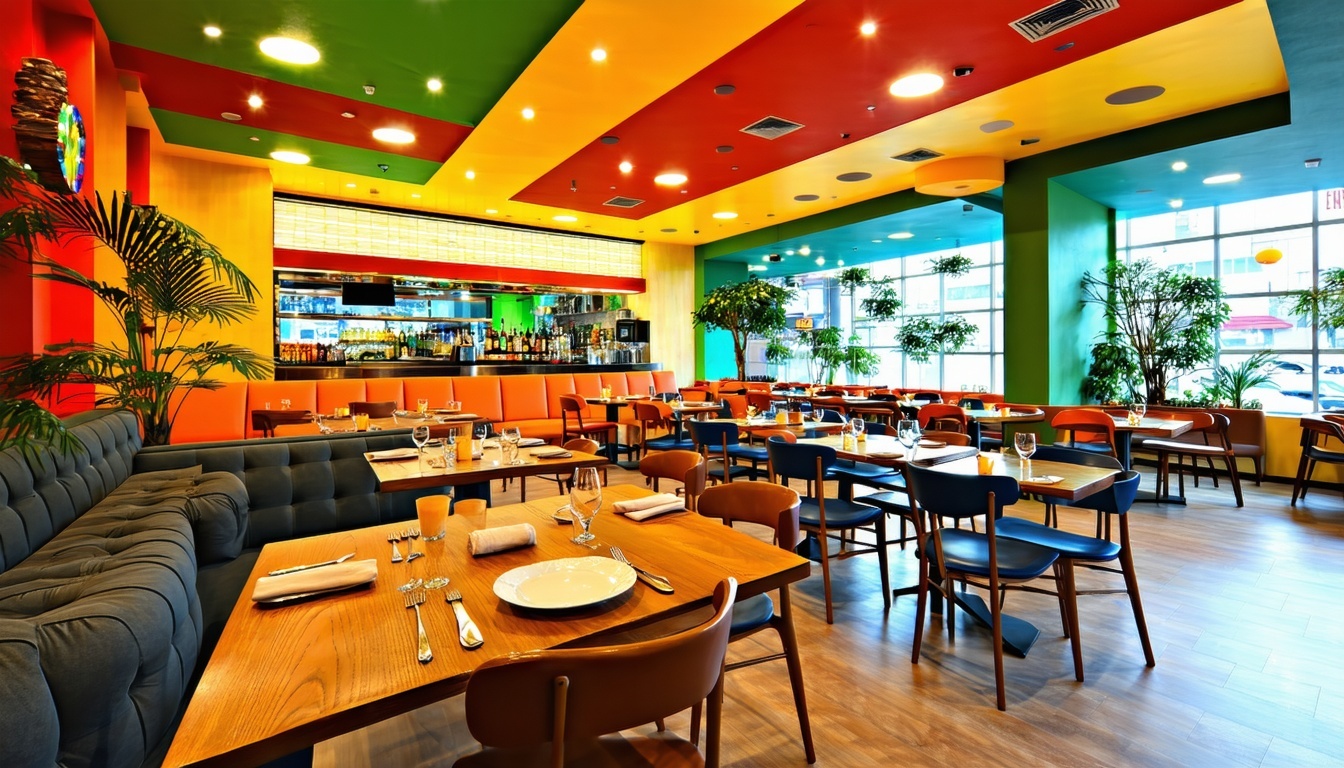Financing Your Restaurant Remodel: Tips and Loan Options
Remodeling a restaurant is more than a cosmetic upgrade—it’s a strategic move to stay competitive, improve customer experience, and increase revenue. Whether you're redesigning the dining area, upgrading kitchen equipment, or expanding the bar, renovations can breathe new life into your brand. But they don’t come cheap. That’s why many owners explore financing options for restaurant remodels to keep projects moving without draining cash flow.
This guide covers the best funding strategies, loan types, and smart tips to remodel your restaurant successfully.
Why Remodel Your Restaurant?
A well-timed renovation can directly impact your bottom line. Common reasons restaurant owners invest in remodeling include:
-
Modernizing the brand to attract new customers
-
Improving layout efficiency for staff and service speed
-
Increasing seating capacity for higher revenue
-
Adding features like outdoor dining, takeout windows, or private event spaces
-
Complying with updated health or accessibility codes
-
Creating a more Instagrammable, on-trend interior
Whether you're a full-service bistro or a quick-casual diner, renovations help you stay relevant in a crowded market.
Typical Restaurant Remodel Costs
Remodeling costs vary widely based on location, scope, and design. On average:
-
Dining room refresh: $150–$400 per sq. ft.
-
Kitchen upgrades: $30,000–$150,000
-
Outdoor seating area: $10,000–$100,000
-
Full remodel: $250,000+ for mid-sized restaurants
This makes strategic financing essential for most restaurant owners.
Top Loan Options for Restaurant Renovations
1. SBA 7(a) Loan
The Small Business Administration’s 7(a) loan is ideal for major renovations.
-
Borrow up to $5 million
-
Low interest rates (typically 6%–9%)
-
Long repayment terms (up to 25 years for real estate, 10 for working capital)
-
Can cover construction, furniture, fixtures, and equipment
Best for: Large-scale remodels with strong credit and financials.
2. Equipment Financing
Need a new walk-in cooler, commercial oven, or ventilation system?
-
Finance up to 100% of equipment cost
-
Fixed monthly payments over 2–7 years
-
Equipment acts as collateral
-
Fast approval compared to other loans
Best for: Kitchen upgrades or adding new service technology.
3. Business Line of Credit
A revolving line of credit gives you flexible access to funds during a remodel.
-
Use only what you need, when you need it
-
Interest applies only to the drawn amount
-
Ideal for phased or unpredictable projects
Best for: Minor renovations, upgrades, or cash flow smoothing during construction.
4. Working Capital Loans
These short-term loans provide a lump sum for quick renovations or design updates.
-
Faster approval and funding
-
Shorter terms (typically 1–3 years)
-
Higher interest rates than SBA, but easier qualification
Best for: Urgent or cosmetic remodels under $100K.
5. Commercial Real Estate Loans
If you're renovating a property you own, a CRE loan may be an option.
-
Long-term funding (up to 25 years)
-
Tied to property value
-
Used for structural upgrades, expansions, or renovations
Best for: Restaurant owners who own their building.
6. Grants and Local Incentives
Some cities and economic development agencies offer revitalization grants for businesses that improve curb appeal or accessibility.
-
Often awarded to minority, women, or veteran-owned businesses
-
Non-repayable (free money!)
-
Can offset design, signage, or ADA compliance costs
Tip: Check with your city’s small business or downtown development office.
7-Step Checklist for Financing a Restaurant Remodel
-
Define your renovation goals and scope
-
Get professional quotes and project timelines
-
Estimate total costs, including a 10–15% buffer for surprises
-
Explore and compare financing options
-
Prepare key documents: business plan, tax returns, financials
-
Apply for funding and finalize your renovation team
-
Track expenses and ROI after completion
Real Example: How One Café Boosted Revenue After Remodeling
A neighborhood café in Chicago used a $120,000 SBA 7(a) loan to remodel its kitchen and redesign the front counter for better service flow. They also added an outdoor seating area to increase capacity. Within 4 months, their average ticket size rose 17%, and weekend foot traffic doubled. The remodel paid for itself within 18 months.
Mistakes to Avoid When Financing a Remodel
-
Overborrowing: Stick to your budget and borrow only what you can repay
-
Ignoring downtime: Renovations may disrupt revenue—plan for temporary closures
-
Choosing the wrong lender: Seek lenders experienced in restaurant financing
-
Neglecting ROI: Make sure renovations will boost sales, efficiency, or customer experience
Additional Resources for Restaurant Owners
Conclusion: Remodel with Purpose, Finance with Strategy
A well-planned restaurant renovation can elevate your brand, improve guest satisfaction, and increase profitability. But without the right financing, even the best design can derail your cash flow. Use this guide to explore loan options, avoid costly mistakes, and fund your remodel with confidence.
Your restaurant’s next chapter starts with a plan—and the capital to bring it to life.











